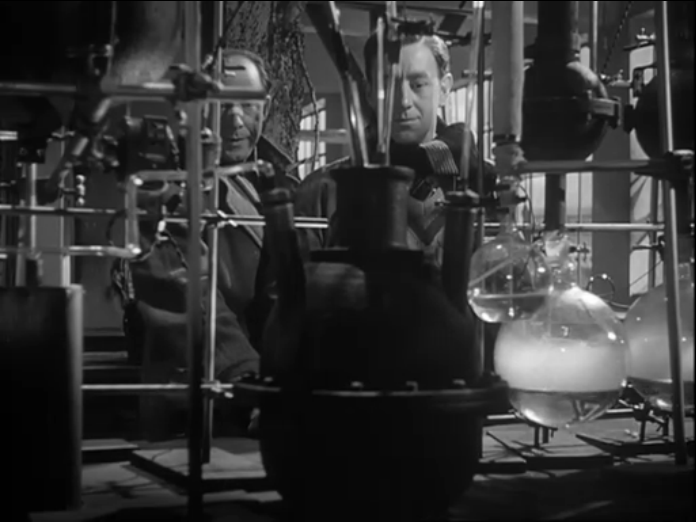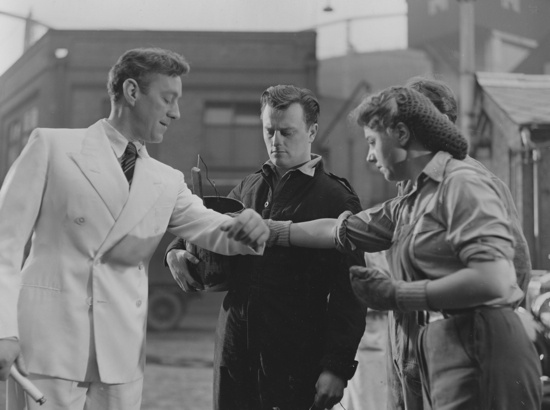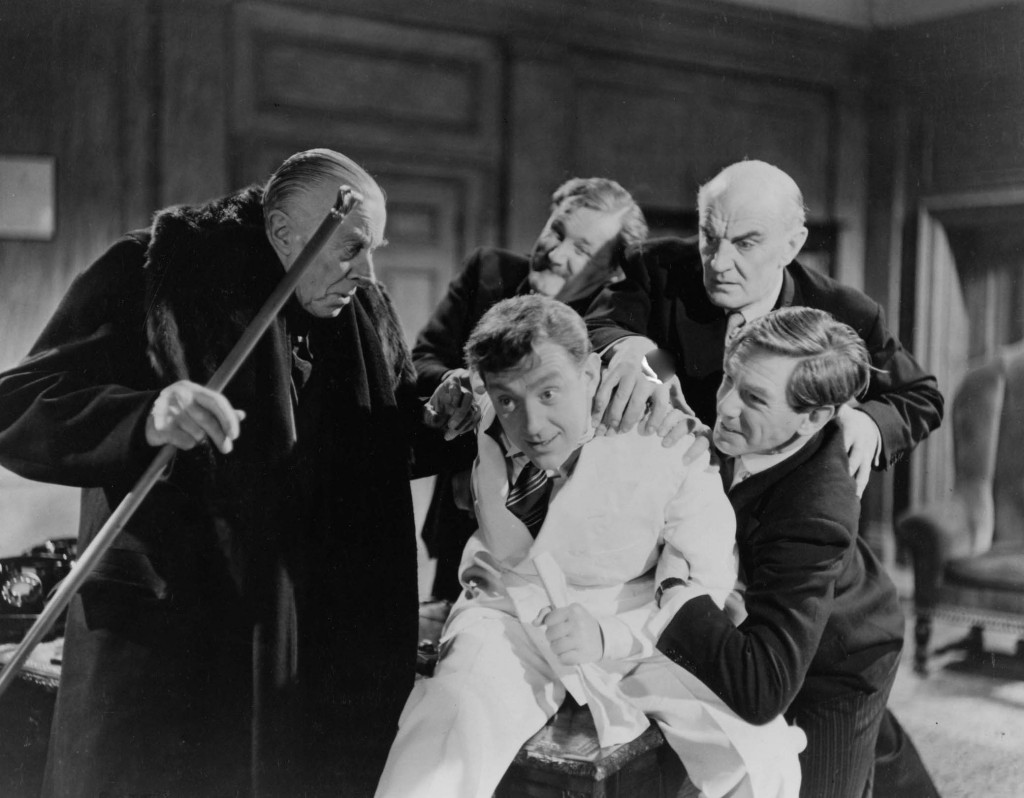To Which Genre Does “The Man in the White Suit” Belong?
The Ealing comedies are renowned masterworks of English cinema, responsible for defining a whole studio’s legacy despite constituting a fairly small portion of its overall output. These comedies, produced in the post-war years until 1957, were droll and intelligent comedic films which spoke to the cultural atmosphere of their time while making people chuckle at the slyest, most subversively dark content.
The Man in the White Suit (1951) is one such picture, starring Alec Guinness as Sidney Stratton, a Cambridge-educated chemist who possesses a great brain and unfortunately linear thinking. Naturally, being an Ealing comedy of 1951, The Man in the White Suit is part of their legacy of great dour comedies from the era. But it’s a comedy that isn’t all that concerned with being funny, and which contains themes of social, economic, and cultural significance, built upon a story exploring the consequences of a massive scientific discovery on mankind. So exactly what genre does The Man in the White Suit fall under?

While it is doubtful the original filmmakers would have thought the film as science fiction, the classic Asimovian definition of the term (in short, human failures showcased via advances in technology) proves it qualifies. The catalyst for every event within the film’s plot is a technological advancement of Stratton’s, in the form of a never-dirtying, never-tearing fabric capable of constructing indestructible and perpetually clean clothing. Stratton’s persistence to achieve this goal is his brain’s only apparent focus. He proves immune to money when Birnley (Cecil Parker) and the other textile big whigs try to buy him out (turning down £250,000 in 1951 currency). He proves immune to the seduction of a beautiful woman (the irresistibly breathy Daphne [Joan Greenwood]) when the magnates try to pimp her off on him. And even though the film’s climax contains a brief moment wherein Stratton realizes the gravity his discovery would have on the world, he ambiguously appears immune to consequence and is ready to seek the next lab where he can further his work. Stratton is both the protagonist and the destructive force in the film, the shadowy part of his character taking the forms of science and innovation. Had his textile managed to go into production, one can imagine a future world of people dressed in all-matching luminous white suits, abandoning identity for convenience, navigating a world suffering the devastating effects of a universal industry—a very science-fiction image.

As a satire, White Suit is clearly a send-up of British conservatism, labor, and union efforts. The “common man versus the Establishment” story was typical for Ealing fare (and English cinema en masse), successfully managing to be poignant and humorous at the same time. The textile owners want Stratton’s invention snuffed because while the financial boon would be awesome for a minute, the product would eventually end their industry. The labor party wants it suppressed for the same reasons—once they’ve made enough clothing to clothe everyone with impermeable fabric, they’re all out of jobs. We see labor and capital working together against the central character, assisted only by Daphne and her distaste for the establishment lifestyle in which she was raised.
As a social picture, its poignancy still resonates today, over 60 years after its creation. The thought of the 99% and the 1% working together for mutual sustainability may be incredibly far-fetched in the modern world, but the idea of new technology threatening to throw our daily lives into disarray is ever-persistent. Not to mention the film’s presentation of self-serving interest of the “big companies” doing whatever they can to control information and progress in their favor behind closed doors. If that’s not modern, nothing is.

The film ends optimistically or threateningly, depending on one’s take. Stratton’s discovery is properly stifled when the suit’s stability catches up with it and the thing nearly disintegrates straight off his body, allowing the textile factory owners to dismiss him and go about their monopolistic practices without fear. But in its closing moments, White Suit shows a theoretical light bulb going off in Stratton’s head as he journeys down the street to find his next lab. While the spirit of preserved optimism that lives in this moment is wonderful and promising in the face of Stratton’s endless adversity, it also speaks to humanity’s endless desire to create potentially destructive things for one’s own glory, even when the costs of such discoveries have become apparent.
All in all, The Man in the White Suit belongs in a greatly specific and successful hybrid genre of “satirical English science-fiction socioeconomic comedy.” The expository nature of that classification is a testament to Ealing’s brilliance in creating deep, intelligent comedies which reflected their era and are capable of surviving the generations that follow. They are a keystone of the subtle “English comedy” as we know it today.

